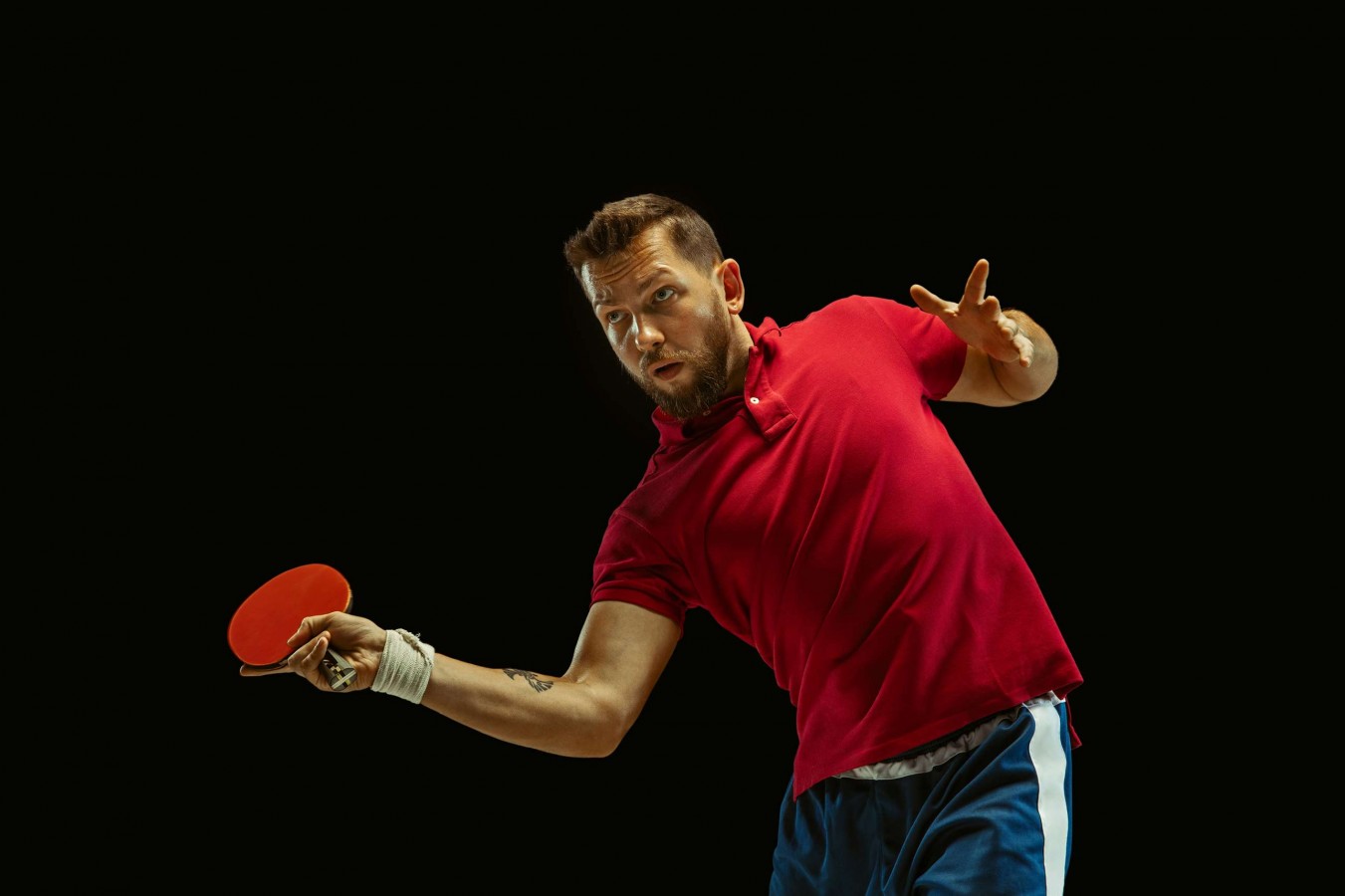Mastering the Smash Ping Pong: Tips for Effective Smashes

Sports with rackets like ping pong, badminton, and tennis all feature one game-changing move which is the smash. This powerful strike is your secret weapon to dominate the competition.
In ping pong, where speed and intensity rule, a well-timed smash can be your ticket to victory. Whether you’re just starting out or have some experience under your belt, mastering the smash is a game-changer.
In this article, we’ll break down everything you need to know about the ping pong smash. Get ready to step up your game and become a smash pro!
What is a Smash in Ping Pong?
A smash in ping pong is a high-speed shot that is typically played in response to a high ball or a weak return from the opponent. The objective of the smash is to hit the ball with significant force and speed, making it difficult for the opponent to return.
The smash is often a key weapon for aggressive players, as it allows them to finish a point decisively. It differs from other strokes in table tennis, such as the topspin or drive, due to its power and trajectory.
Smashes are usually executed when the ball is above the height of the net, and the player has an opportunity to hit the ball downward with force. Smash ping pong is generally practiced using a ping pong forehand, for the backhand is a bit difficult to apply and usually not as strong as the forehand.
How to Do the Forehand and Backhand Smash
The forehand smash is a classic power move in ping pong. It’s your go-to shot when the ball comes from your opponent’s backhand side, and it’s guaranteed to impress.
But don’t sleep on the backhand smash. It’s not as common, but it packs a punch, especially when the ball comes from the forehand side or when your positioning makes the forehand smash a bit tricky.
Ready to learn how to smash like a pro? Let’s break down the steps for both the forehand and backhand smashes!
A. Forehand
1. Ready Position
Stand with your feet shoulder-width apart and knees slightly bent. Position yourself in a balanced stance, ready to move quickly.
2. Grip
Use your regular forehand grip, where your thumb and index finger wrap around the handle of the racket, with your remaining fingers resting comfortably on the back of the handle.
3. Tracking the Ball
As the ball approaches, focus on tracking its flight. You want to wait until the ball is at its peak height or coming down slightly, so you can get under it and apply power.
4. Back Swing
Rotate your torso and prepare your racket behind you. Your non-dominant hand should be pointing toward the ball for balance, and your racket should be angled slightly upward.
5. Smash Execution
Step forward with your non-dominant leg and swing the racket forward, using your hips, shoulders, and wrist to generate power. Keep your racket’s face slightly angled down and strike the ball with the center of the racket.
6. Follow Through
After contact, follow through with your swing, extending your arm fully and ensuring that your racket finishes in front of you. This ensures control and accuracy.
B. Backhand
1. Ready Position
Like with the forehand smash, your stance should be balanced with your knees slightly bent. Keep your weight slightly forward on your toes for better agility.
2. Grip
Use your regular backhand grip, with your thumb on the top of the racket and your fingers wrapping around the handle for stability.
3. Tracking the Ball
Keep your eye on the ball as it approaches. The backhand smash typically happens when the ball is high and easy to reach, but be sure to anticipate the bounce.
4. Swing Preparation
Bring the racket back toward your body, rotating your upper body slightly for power. Keep your non-dominant hand for balance.
5. Smash Execution
Using your wrist and forearm, whip the racket forward, aiming for a downward angle. Your arm should be extended fully at the point of contact.
6. Follow Through
After hitting the ball, follow through with your racket to ensure a smooth motion and proper control. You can adjust your follow-through based on the desired power.
Best Time to Smash in Ping Pong
Timing is everything when it comes to a smash. You don’t want to go swinging for the fences at the wrong moment.
A smash can be a game-changer, but if you pull it off at the wrong time, you might just leave yourself open for a counterattack. So, when is the perfect time to smash? Let’s dive into the best moments to unleash that powerful shot!
1. High Balls
When your opponent hits a ball that is too high or floats above the table, it’s an ideal opportunity for a smash. The higher the ball, the easier it is to execute a successful smash.
2. Weak Returns
If your opponent returns a weak ball, like a soft topspin or a poorly placed shot, you can quickly capitalize on the opportunity with a smash.
3. Offensive Positioning
When you’re in an offensive position, such as when your opponent is out of position or you’ve set up a fast ball, this is the perfect time to go for a smash.
Smash Ping Pong is a Powerful Technique!
Mastering a smash in ping pong is like having a secret weapon, but don’t forget that it’s all about the right timing, body coordination, and positioning. When you hit that perfect smash, it can leave your opponent scrambling, but remember: smashes aren’t always the golden ticket to points. There are tons of other clever techniques that can score you points, too!
Ready to sharpen your skills? Rockstar Academy’s ping pong classes are the place to be. Not only will you train with certified instructors and follow a curriculum from PTMSI (Indonesian Ping Pong Association), but you’ll also have the opportunity to compete in exciting events like the Elite Championships and RockOlympics!
Plus, you can try a free trial class before diving in! Why wait? Join the best Sports & Performing Arts Academy and start smashing your way to victory!
FAQ
What is the difference between a smash and a drive?
A smash is a more powerful shot that is played with the intention of finishing the point, typically when the ball is high. A drive, on the other hand, is a faster and flatter shot used to keep the ball in play or apply pressure without necessarily ending the point immediately.
Can I smash with both my forehand and backhand?
Yes, both forehand and backhand smashes are effective depending on the situation. Forehand smashes are more common, but backhand smashes can be a surprise tactic when positioned correctly.
How can I practice my smash?
To practice your smash, focus on timing, positioning, and strength. Use a robot or a partner to send high balls your way, and practice hitting with both forehand and backhand smashes. Repetition and consistency are key.



